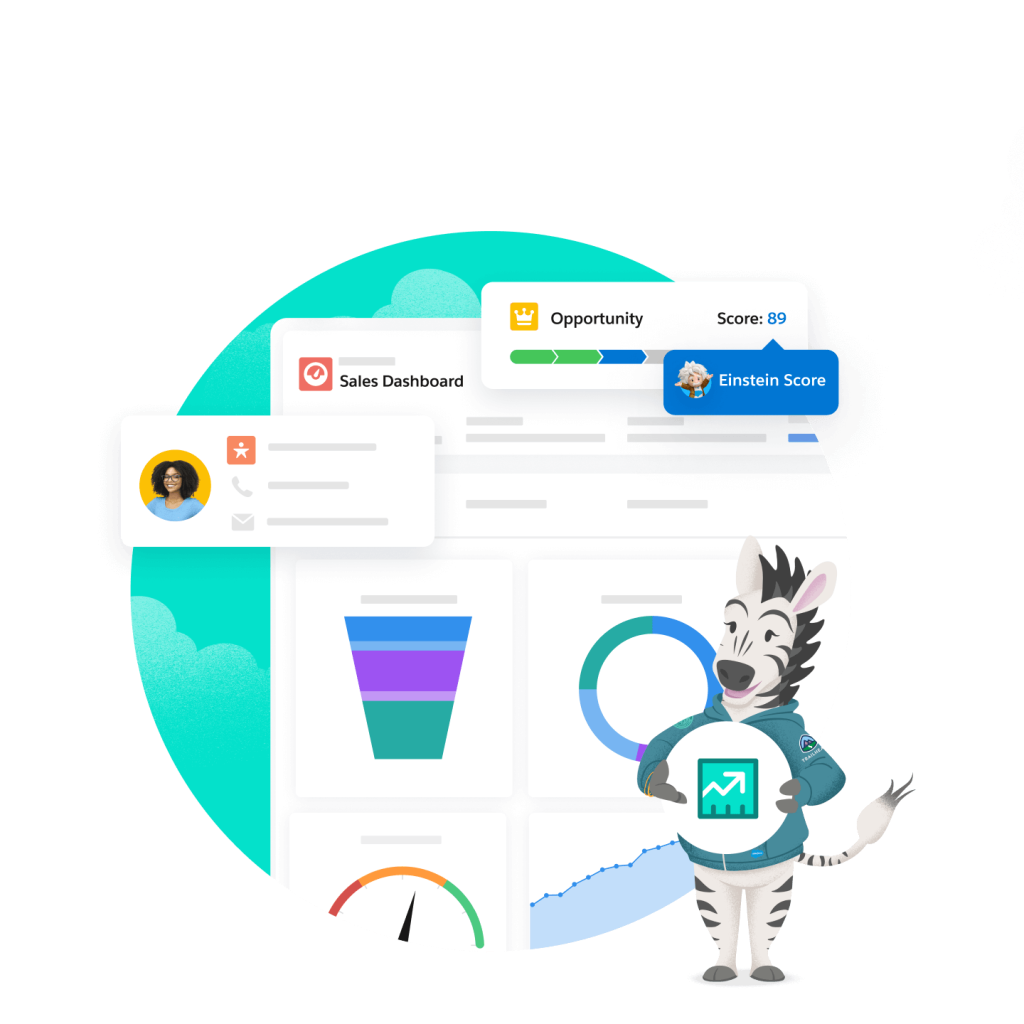
Learn new skills, connect in real time, and grow your career in the Salesblazer Community.
Join now
Learn new skills, connect in real time, and grow your career in the Salesblazer Community.
Join now
By Janeen Marquardt


Imagine this: You're a sales rep juggling multiple deals at once, and you fumble a few key details on an important contract. Deadlines are missed, compliance issues arise, and before you know it, nearly half the contract's value is gone.
It's a costly mistake, and it's all too common. According to a recent KPMG report, up to 40% of a contract's value can be lost due to contract lifecycle management inefficiencies.
Improving your contract lifecycle management goes beyond just keeping your documents organized. It's about building an efficient, repeatable process that boosts productivity, ensures compliance, and drives growth.
Contract Lifecycle Management (CLM) is the process of managing a contract from its creation through execution and renewal. CLM aims to ensure contracts are efficient, compliant, and effectively managed throughout their lifecycle. It also simplifies how you handle agreements from start to finish, makes your business run smoother, and helps you maintain good relationships with your customers.
A CLM process helps sales teams simplify operations and close deals faster. CLM software helps standardize the process, so sellers can focus on engaging with clients.
CLM software makes it easy for teams to access and manage contracts by centralizing everything in one place. They can quickly view the status and history of each agreement to stay on top of deadlines and meet important milestones. Efficient CLM can contribute to a more effective sales cycle for customers and a smoother overall experience. This clarity can help strengthen trust and pave the way for long-lasting business relationships.

Discover how Sales Cloud uses data and AI to help you build relationships and close deals fast.
CLM goes beyond organization; it can significantly improve how you handle business deals. Let's explore the benefits:
CLM provides a process for keeping track of all your contracts, so you always know their status — from drafting and signatures to approvals and renewals. This visibility helps you stay on top of deadlines and ensures that renewals aren't delayed or missed, so you can close your deals on time and reduce revenue leakage.
CLM software (more on this below) eliminates the need for costly and outdated steps such as mailing documents or using courier services for physical signatures. Everything is digital — and the details are standardized and automated. This means your team can skip the manual review process for each contract. This not only speeds up timelines, but it also significantly cuts down on administrative costs. More time saved means more time your team can spend focusing on engaging clients and driving business growth.
CLM software (more on this below) eliminates the need for costly and outdated steps such as mailing documents or using courier services for physical signatures. Everything is digital — and the details are standardized and automated. This means your team can skip the manual review process for each contract. This not only speeds up timelines, but it also significantly cuts down on administrative costs. More time saved means more time your team can spend focusing on engaging clients and driving business growth.

Sign up for the Salesblazer Highlights newsletter to get the latest sales news, insights, and best practices selected just for you.
CLM software changes how you handle contracts by automating and simplifying every step. Here's how it streamlines the process:

Learn new skills, connect with peers, and grow your career with thousands of sales professionals from around the world.
CLM software is more than just a contract management tool — it's a powerful way to boost your sales revenue. Here's how:
Start by drafting your contract. Use templates that incorporate pre-approved clauses and terms to ensure compliance and business goals alignment from the start. For example, your team might use a standardized template that includes all legal terms, pricing structures, and predefined service level agreements (SLA). Templates allow you to quickly tailor specifics, like scope of services and client details, without having to start from scratch every time.
Once the contract is drafted, it enters negotiation. This is where the terms are discussed and adjusted based on feedback from legal, finance, and the client. Effective contract lifecycle management tracks each change, so if a client requests a change to the SLA or payment terms, alterations are easily documented and tracked. This transparency helps all parties understand how the terms have evolved and can expedite agreement. From here, the contract must be routed internally for approvals, but CLM automation can handle this as well.
Once all parties have agreed to the terms of the agreement, the contract is routed (electronically, of course!) for signatures. This is the execution phase of the contract. A good storage solution in an accessible and centralized repository is recommended as well so that the contract can be referenced by anyone who might need access during the next stage(s).
The final stage of the contract lifecycle involves monitoring for compliance and performance against contract terms once the contract is active. This ensures obligations are met and identifies when renewals or audits are necessary. This is one of the most critical and valuable functions that a good CLM solution can help perform. In addition, necessary analytics are generated during this phase of the contract lifecycle.
Effective CLM can transform the way your organization manages contracts, making the process more efficient. Here are some best practices to consider when setting up your CLM process.
Identify your pain points
The first step to setting up a successful CLM process is understanding what your current contract management system lacks. Identifying your pain points helps you customize a CLM process that can alleviate them effectively. When setting up your process, prioritize the issues that are causing delays and bottlenecks — like finalizing signatures, errors in the drafting phase, or ensuring accurate compliance.
Engage stakeholders and define clear objectives
Successful implementation takes a team. Bring in stakeholders from across your organization, including sales, legal, and finance teams, to understand their perspective. Discuss each team's needs to ensure the system can properly support them. Then, define clear objectives for your CLM process. For example, you may choose to tackle things like speeding up the sales cycle, reducing errors, or improving compliance. A collaborative approach ensures that your system meets the needs of your organization and facilitates smooth adoption and integration.
Choose the right CLM software
Pick a CLM solution that fits your needs, but that's also flexible enough to grow with your business. It's important that the software integrates with your other tools — like your CRM and financial systems — to simplify data entry and reduce errors. More on this below.
Standardize your processes
Implementing a software program is not enough to ensure success. You must start by defining good practices and solid processes that align with business goals. Only then can you begin to build a technology solution that supports your needs as well as ensure consistency and compliance by all users.
Ensure adoption and long-term success
The only way to be truly successful with a new process and system is to use it. All users across the organization must be provided sufficient communication, training, and support throughout the implementation timeframe. And you must continuously track the performance of the processes and system you put in place. Then, look to make adjustments and improvements as needed to ensure it continues to meet your needs over the long term. Your business will continue to evolve, and your system should evolve with it.
The right CLM software should help streamline your existing sales process and increase efficiency. Here are some must-have features that can really make a difference:
Most sales teams value technology that gives back more data than they need to input. This is especially true if it can do research for them, provide them with data they don't have, or integrate data they might need to look up in another system. Salespeople are also often on the go, so any tool generally needs to have a strong mobile component.
Choosing the best sales tech depends on your team's unique needs. Make sure you examine how your people sell, so you know what functionality is needed. More specifically, be sure to consider:
AI and machine learning is helping to make CLM software even more sophisticated, increasing business's ability to analyze and manage contracts and stay ahead of legal requirements and changes in the market. Investing in CLM can simplify your operations and create stronger relationships with your customers. So, take the next step: evaluate your current processes, identify areas for improvement, and make those changes. It's the best move to ensure contracts never slow your business down.
Try Sales Cloud free for 30 days. No credit card, no installations.